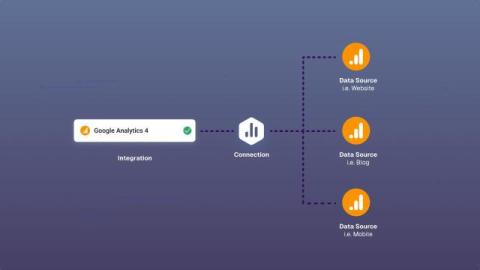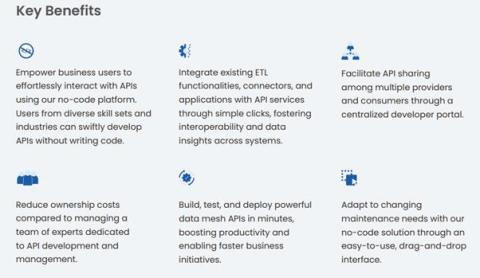Improvements To The Way You Connect Your Data to Databox
Let’s say you want to connect an Integration like GA4, and pull data from 3 different “properties” ( = 3 different Data Sources). Before, that required you to authenticate your Google account 3 times. Now, you’ll only have to log in and authenticate the Integration once. Once you do, you can select the Data Sources within that Integration you want the authentication to apply for.











